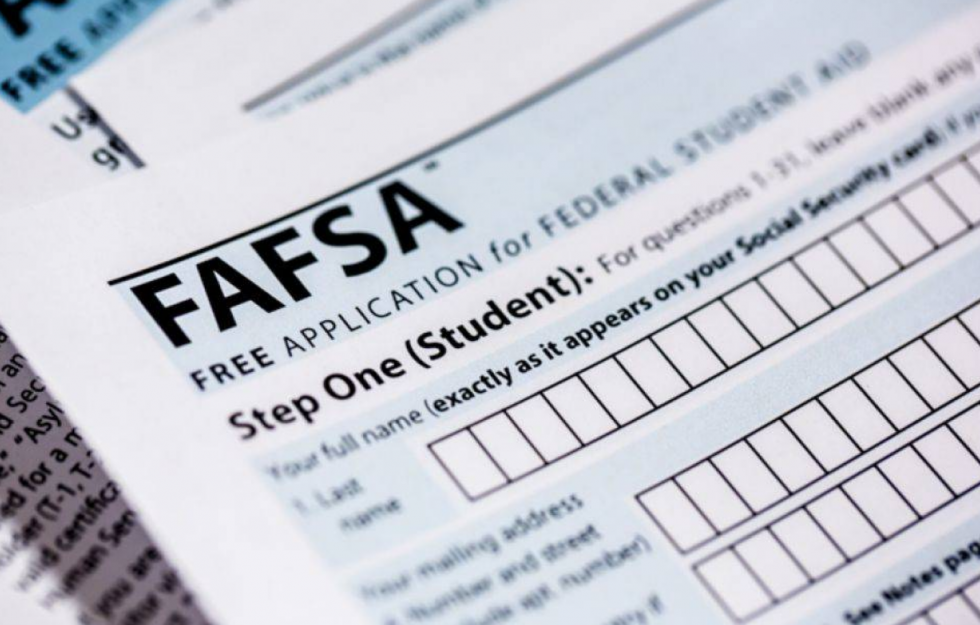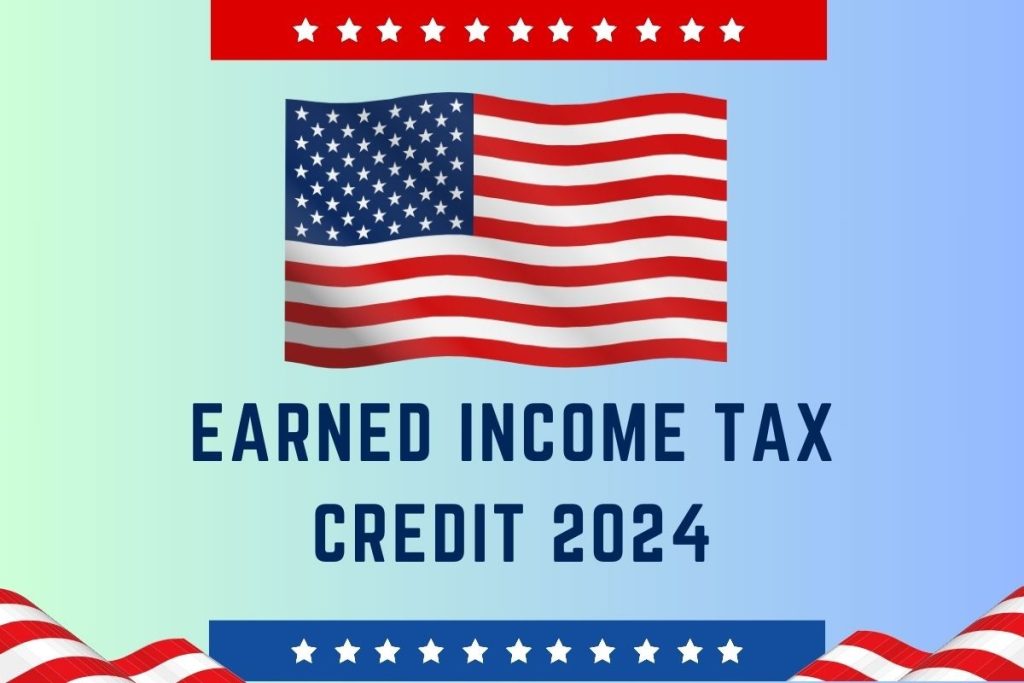Federal Student Aid: New Developments and What They Mean for Students
Federal Student Aid programs have always been a key resource for students seeking affordable access to higher education. Recent changes and legislative proposals aim to increase funding, expand eligibility, and make the financial aid process simpler and more effective. Here’s a look at what’s happening and what it could mean for students.
Increased Pell Grant Funding
Lawmakers have proposed significant increases to Pell Grant funding, which could double the maximum award to $14,800 annually. This proposal, part of the Degrees Not Debt Act introduced in 2024, aims to help low-income students cover more of their tuition and living costs without needing loans. Currently, Pell Grants benefit approximately seven million students each year, and this increase could substantially reduce the financial burden on families.
Expanded Eligibility
Efforts are underway to broaden eligibility for Federal Student Aid programs. A major milestone has been the reinstatement of Pell Grants for incarcerated individuals, allowing them to access higher education opportunities while in prison. This initiative not only promotes rehabilitation but also improves employment prospects for those re-entering society after incarceration.
Another proposal gaining bipartisan support would extend Pell Grant eligibility to students enrolled in short-term workforce training programs. This change would enable students to pursue career and technical education programs that lead to immediate job opportunities in high-demand fields, addressing both workforce shortages and student financial needs.
Simplified Application Process
The Free Application for Federal Student Aid (FAFSA) process is also being revamped to make it more user-friendly. Simplifications include a shorter application and automatic data retrieval options for tax information, reducing barriers for students and families trying to access aid.
Challenges to Consider
While these changes are promising, there are concerns about how the proposed increases in funding will be financed. Some experts worry about the potential strain on federal budgets and the possibility of diluted educational quality in short-term programs. Policymakers will need to balance these considerations as they work to improve access and affordability.
What It Means for Students
For students and families, these updates represent a shift toward making higher education more accessible and affordable. If you’re planning to apply for financial aid, keep an eye on changes to FAFSA, Pell Grant limits, and eligibility criteria for various programs. These adjustments could have a major impact on how you fund your education.
Federal Student Aid programs are evolving to meet the needs of today’s students. Whether you’re starting college or returning for workforce training, staying informed about these developments is key to maximizing your benefits and reducing student debt.



